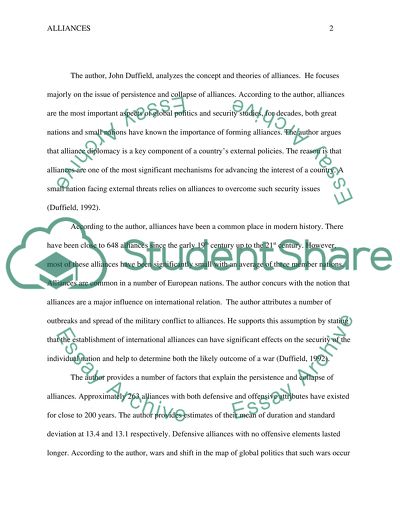Summary of a book chapter Assignment Example | Topics and Well Written Essays - 500 words - 9. Retrieved from https://studentshare.org/english/1689320-summary-of-a-book-chapter
Summary of a Book Chapter Assignment Example | Topics and Well Written Essays - 500 Words - 9. https://studentshare.org/english/1689320-summary-of-a-book-chapter.


